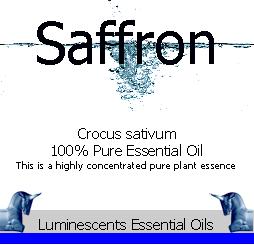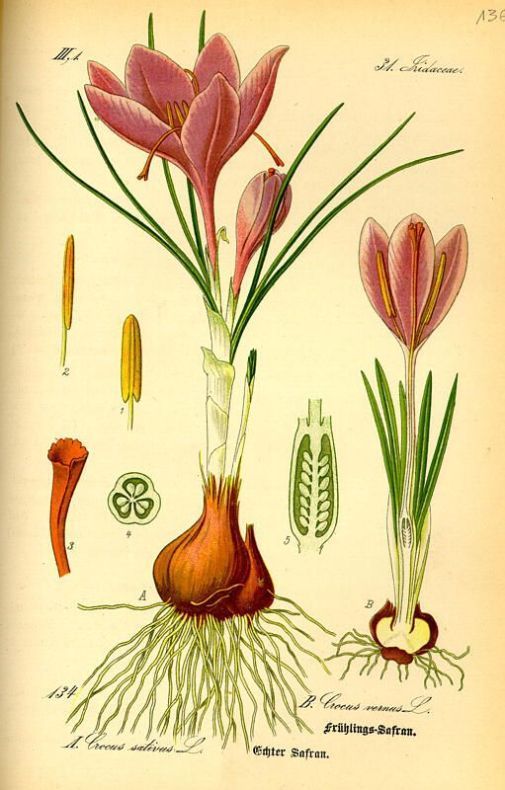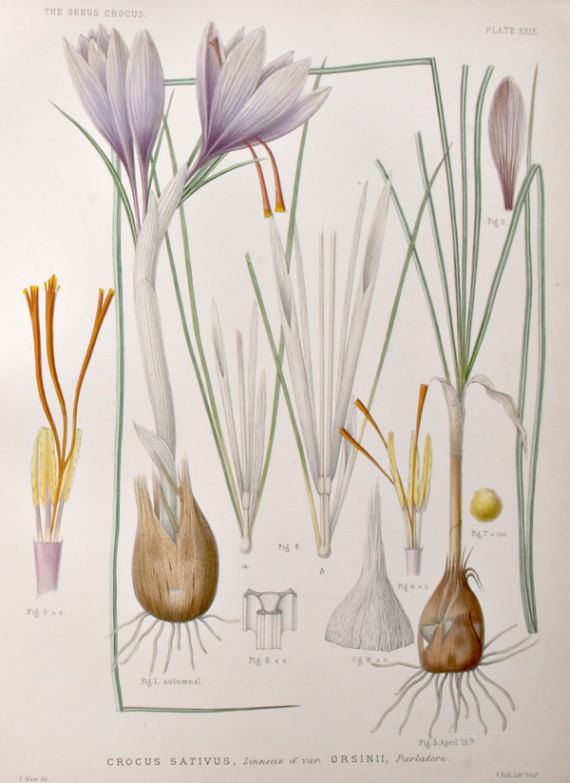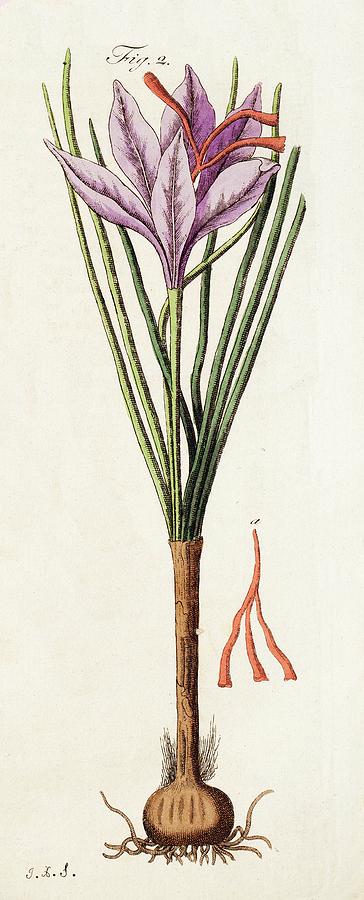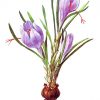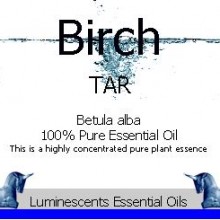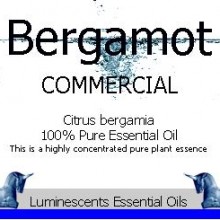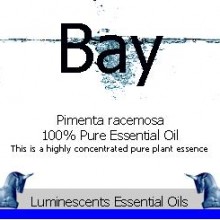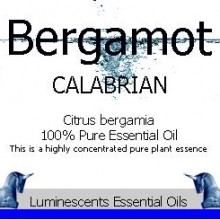Saffron (Crocus sativum) sometimes spelt Zafran, is a spice derived from the flower of the saffron crocus, a species of crocus in the family Iridaceae.It does not exist in the wild but is thought to have been cultivated in ancient times from the wild crocus ( which is from Crete ) Crocus cartwrightianus
The flower has three stigmas, which are the distal ends of the plant’s carpels. Together with its style, the stalk connecting the stigmas to the rest of the plant, these components are selected, harvested and dried and used in cooking as a seasoning and colouring agent.
The spice, which has for decades been the world’s most expensive spice by weight, is a native to Southwest Asia. It was first cultivated in the vicinity of Greece.
The following essential oils, American, bastard, false, or dyer’s saffron & Gami Honghwain are often referred to as Saffron but are infact Safflower and not Saffron at all. Alway refer to the latin name to confirm an oil’s genuine provenance.
Chemical Constituents:-
The spice is characterised by a bitter taste and an iodoform- or hay-like fragrance; these are caused by the chemicals picrocrocin and safranal. It also contains a carotenoid dye, crocin, that gives food its extremely rich and deliciously attractive golden-yellow hue. These traits make the spice a much-sought ingredient in many foods worldwide. Saffron also has many medicinal applications.
Reported Attributes of Saffron Essential Oil:-
Traditional and Emotional uses reportedly include:-
It is used in the West in perfume manufacture where it imparts a unique woody and hay like aroma but is also used medicinally as a uterine relaxant and is considered an aphrodisiac, carminative, cardiotonic, diuretic, diaphoretic, febrifuge, emmenagogue, lactogogue, stimulant, nervine tonic, livotonic, typtic and sedative
Saffron Essential Oil Blends Well With:-
Chamomile

